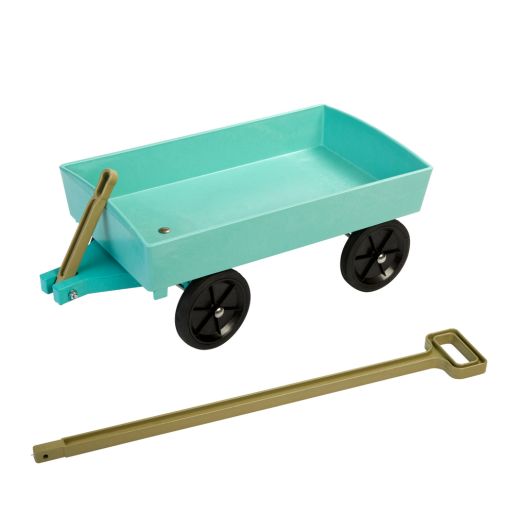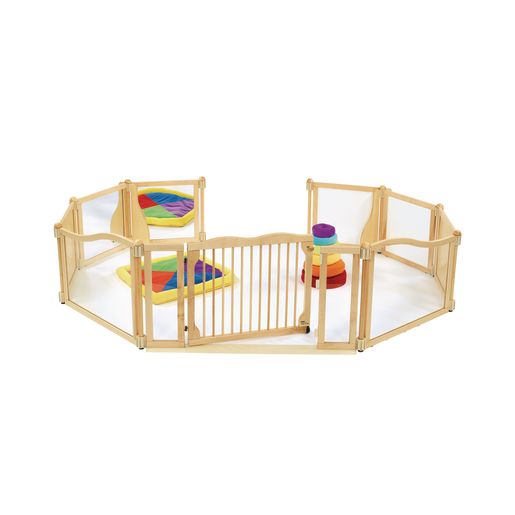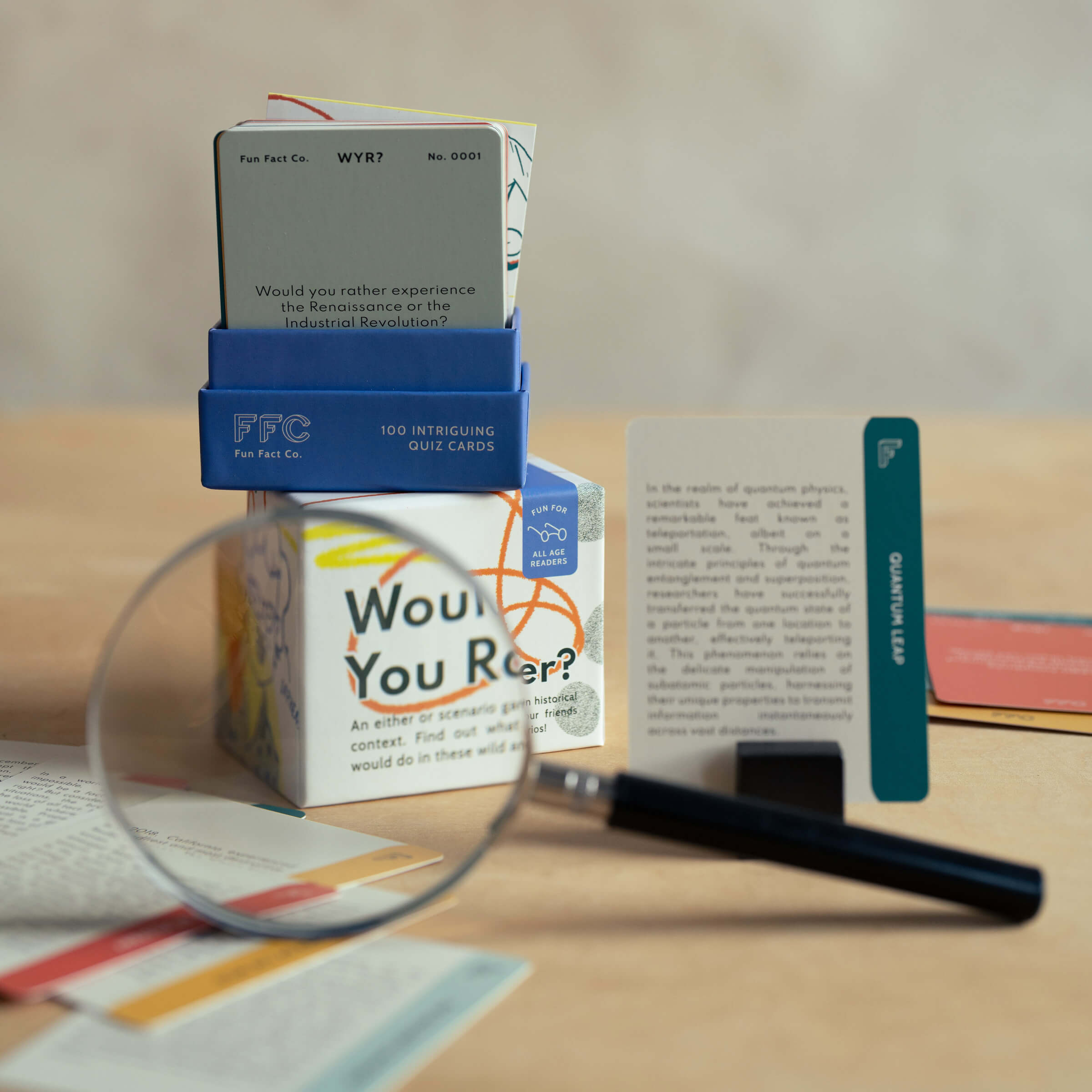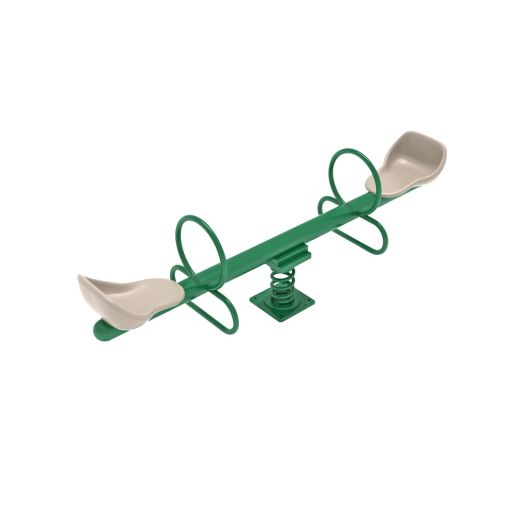Description
The Dantoy Blue Marine Pull Cart represents thoughtful engineering wrapped in environmental stewardship. This Danish-made cart is crafted from recycled plastic derived from maritime gear such as nets, trawls, and ropes—transformed from ocean waste into purposeful play equipment. With a robust 110-pound capacity, this versatile cart functions both as a traditional pull-along wagon and as a trailer attachment for compatible Dantoy scooters or motorcycles.
The Blue Marine range encourages outdoor play with sand and water while teaching children about environmental protection. The colors may vary slightly due to the recycled material composition, giving each cart its own unique character. At 17.5″ long, 10.5″ wide, and 7.5″ high with a 23″ handle, it’s sized appropriately for children aged 2 and up. The product contains no harmful toxins and requires only hand washing for maintenance.
What sets this cart apart is its dual identity as both play equipment and educational tool. Research consistently shows that outdoor sensory play supports cognitive development, problem-solving abilities, and motor skill refinement in ways that structured indoor activities simply cannot replicate. The cart engages multiple sensory systems simultaneously—proprioception through pushing and pulling, vestibular development through balance challenges, and tactile exploration through various materials.
How Homeschooling Families Can Use This Product
Physical Education Integration: This cart transforms PE lessons into purposeful activities that build gross motor skills naturally. Children develop upper body strength through pulling, core stability through maneuvering loads, and coordination through navigating obstacles. Create weekly challenges like “construction site” scenarios where children transport materials for building projects, incorporating measurement and planning skills.
Science and Nature Studies: The cart’s recycled ocean plastic construction provides a tangible starting point for lessons about marine conservation, recycling processes, and environmental stewardship. Use it for nature collection walks, where children gather specimens for classification studies, seasonal observation projects, or geology expeditions. The cart becomes both tool and talking point about human impact on natural systems.
Mathematics in Motion: Transform abstract math concepts into concrete experiences. Practice measurement by filling the cart with different materials and comparing weights, volumes, and densities. Create word problems around loading capacity, distance traveled, and force required for different terrains. Outdoor mathematical exploration has been shown to improve spatial reasoning and problem-solving retention compared to worksheet-based learning.
Sensory and Special Needs Support: For children with sensory processing differences or attention challenges, the cart provides proprioceptive input that can be both organizing and calming. The resistance of pulling a loaded cart offers deep pressure input that many children find regulating. This makes it particularly valuable for families incorporating occupational therapy goals into their homeschool routine.
Literature and History Connections: Use the cart as a prop for historical reenactments—whether it’s pioneers moving west, farmers bringing in harvest, or workers building community projects. Children who engage in physical role-play retain historical information more effectively and develop deeper empathy for past experiences.
Practical Life Skills: Beyond academics, the cart teaches valuable life lessons about responsibility, planning, and physical capability. Children learn to assess what they can reasonably transport, how to organize loads for stability, and how to care for their equipment. These skills transfer directly to real-world competence and confidence.
Multi-Age Learning: The cart naturally accommodates different developmental stages within the same family. Toddlers focus on basic pushing and pulling, preschoolers add imaginative play scenarios, and elementary children incorporate academic concepts. This multi-sensory approach ensures that children with different learning styles—kinesthetic, visual, or tactile—all find meaningful ways to engage.
The 110-pound capacity means it handles everything from sandbox play with toddlers to serious garden work with older children, making it a tool that grows with your family’s educational journey.





Reviews
There are no reviews yet.